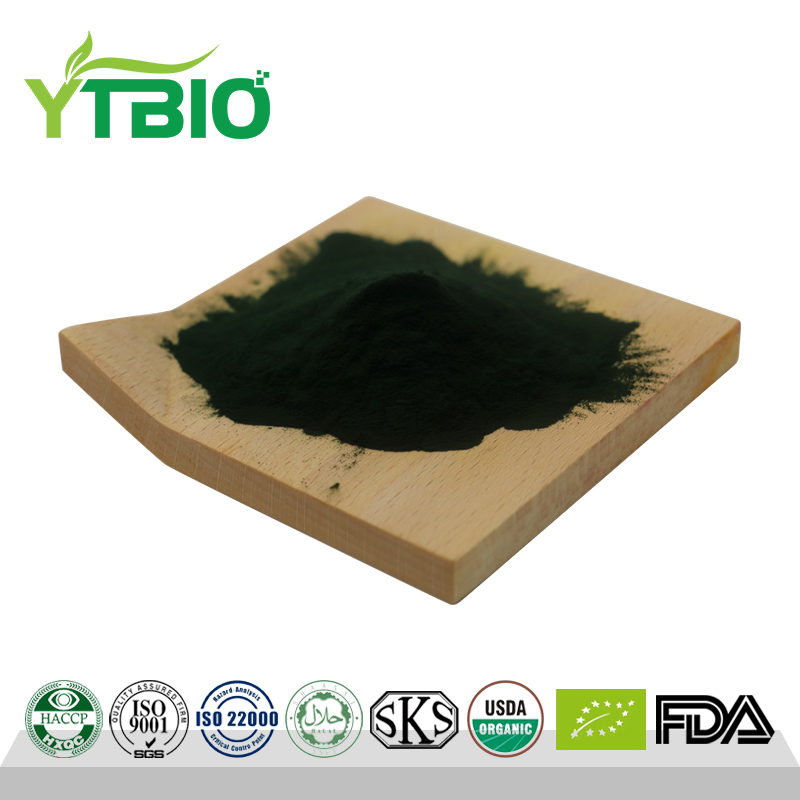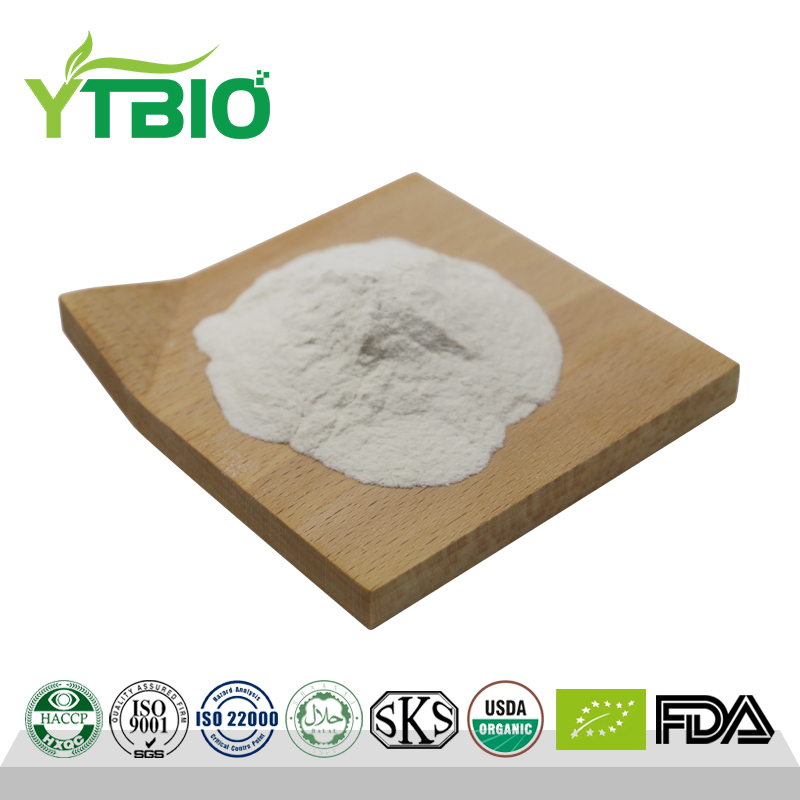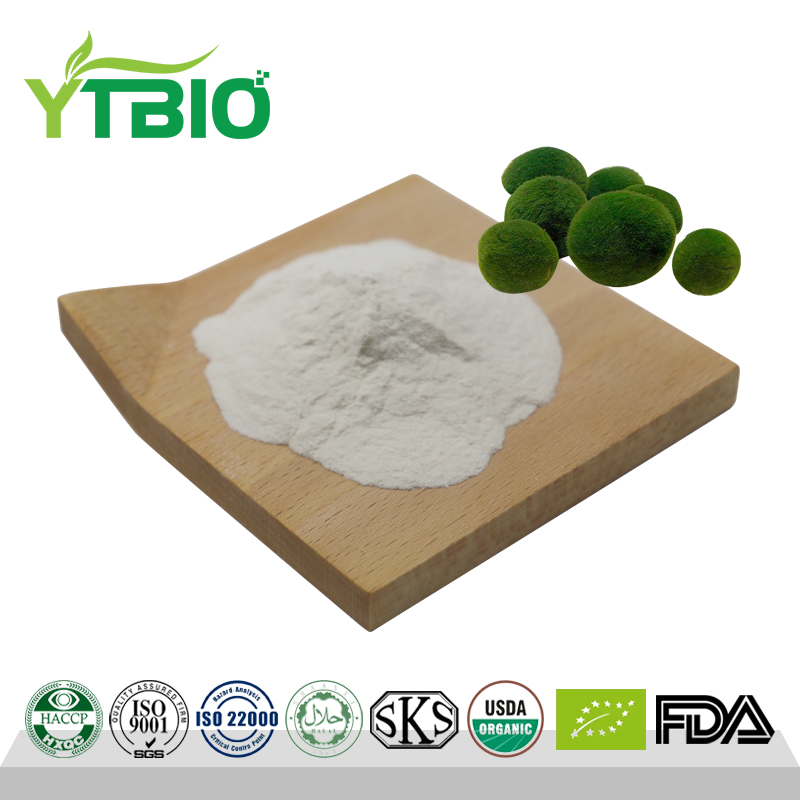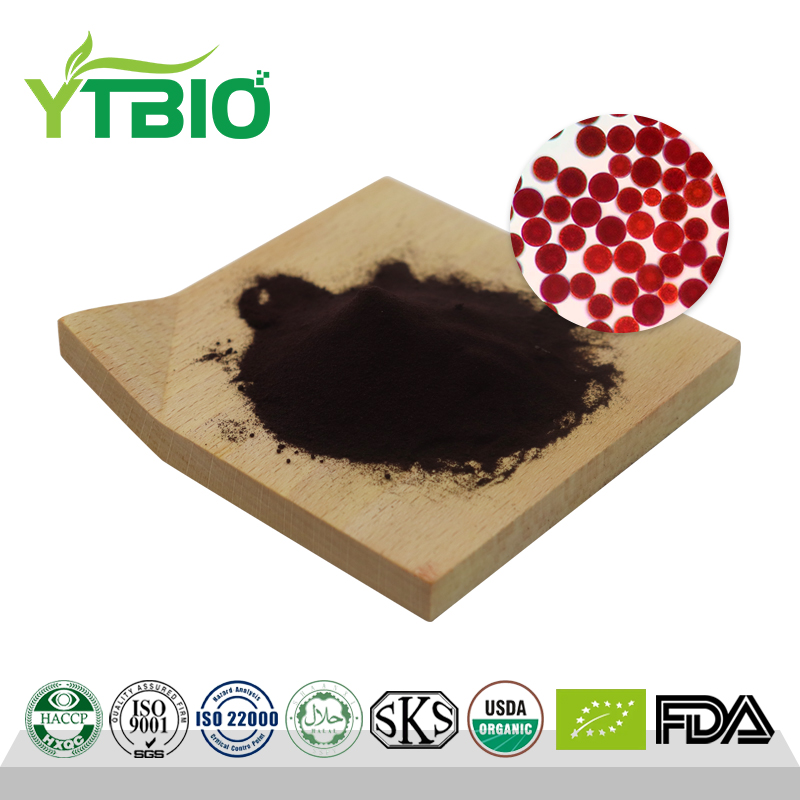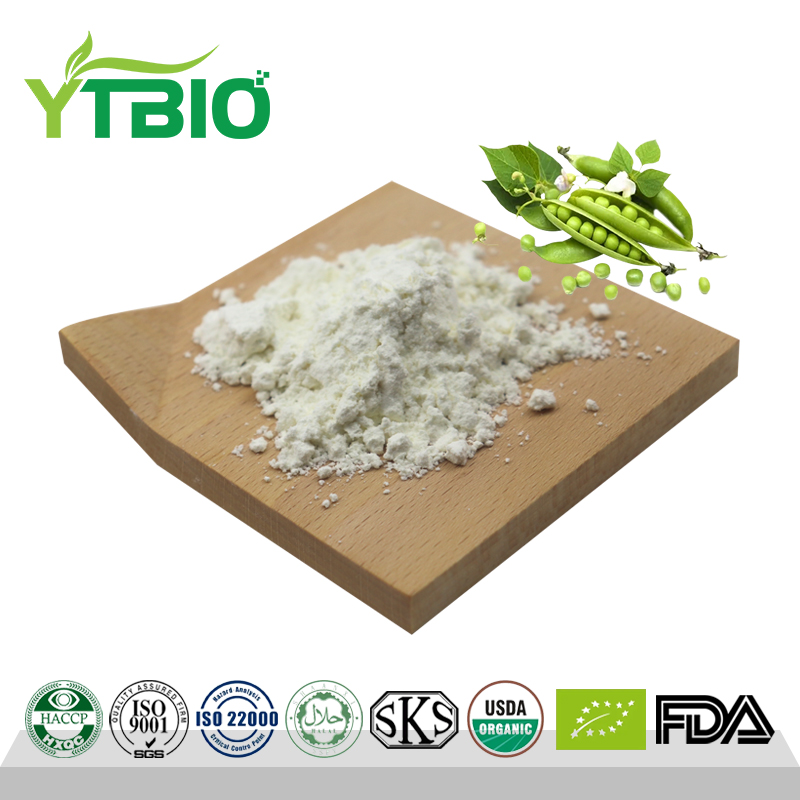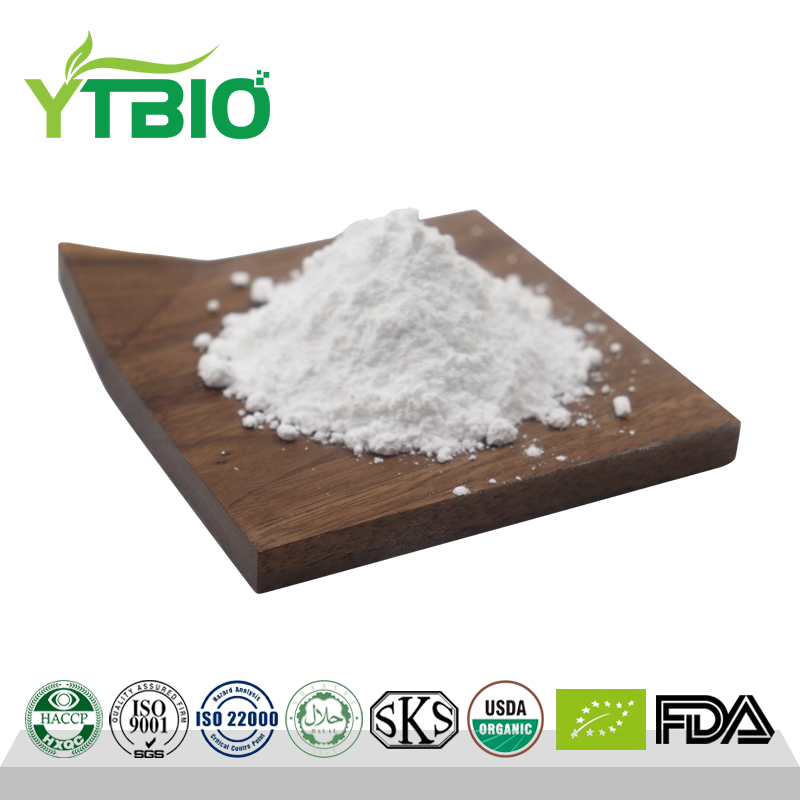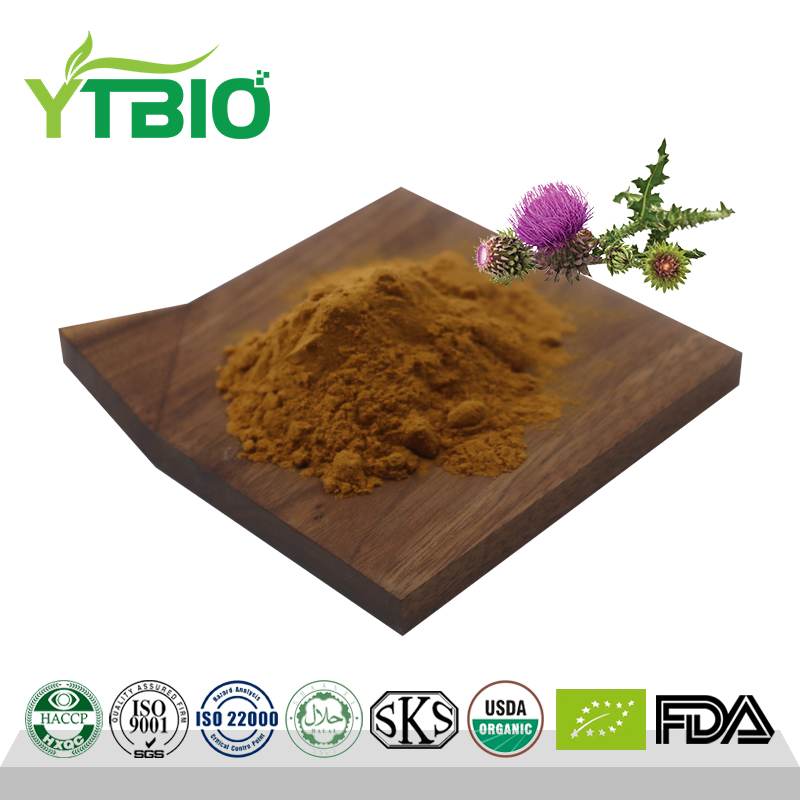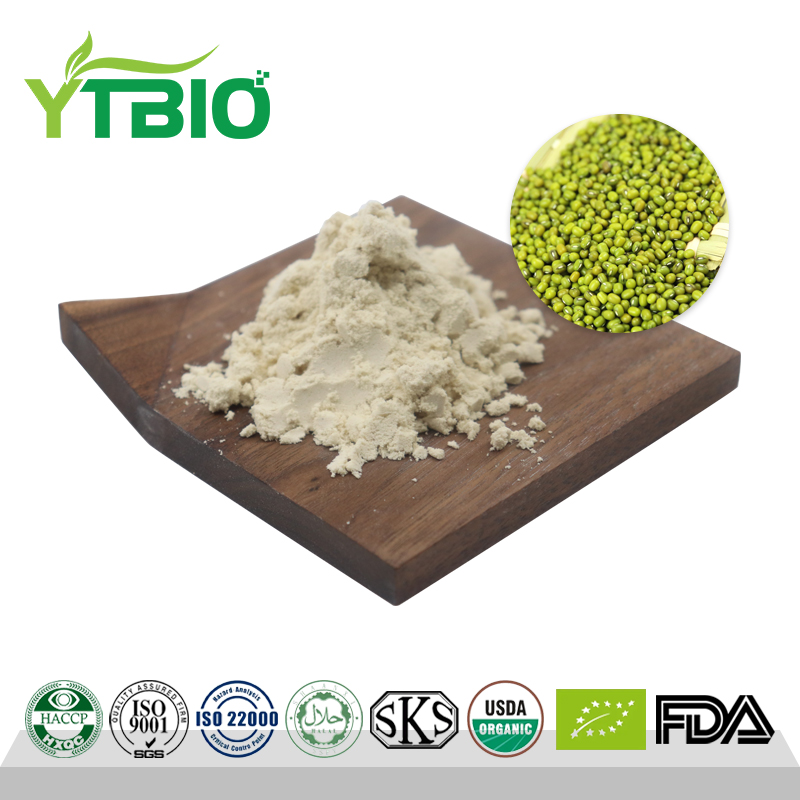Pure Mung bean protein Powder
What is mung bean protein?
Mung beans are high-protein plants with a protein content of 25% to 28%. They mainly contain globulin, albumin, gliadin, and glutenin. Globulin and albumin have the highest content, and the amino acid pattern of albumin is close to that of the human body. A premium natural plant protein. Different mung bean varieties and extraction methods may lead to different protein content. A study on the fractionated extraction of four mung bean proteins found that mung beans contained 49.1% albumin, 23.6% globulin, 19.42% glutenin, and 7.5% gliadin. The globulin content reaches more than 60%, albumin is 25%, glutenin is about 10%, and gliadin content is the lowest.
Mung bean protein is rich in amino acids and is rated according to WHO/FAO. The amino acid chemical scores in mung bean protein are all higher than recommended values. Lysine is called a "limiting amino acid" and is found in very small amounts in cereals that people eat daily. However, the relative content of lysine in the total mung bean protein is as high as 7.7%, which is close to the content in eggs. In the analysis of the amino acid composition of the albumin in mung bean seeds, the lysine content was 7.1%; the protein extraction and analysis of 16 domestic mung bean species using the alkali extraction and acid precipitation method found that the average lysine content in the amino acid composition of each mung bean protein was 6.3%. There are different literature reports on lysine content, but its content is maintained at a relatively high level. This shows that the amino acid content in mung bean protein is balanced and meets the nutritional needs of the human body.
What are the benefits
1. Antioxidant effect
As the concentration of mung bean protein samples increases, its clearance rate also continues to increase, and the increase rate is stable. The increase rate is obvious when the concentration changes from 5% to 10%. When the sample concentration reaches 10%, the clearance rate reaches 39.08%.
2. Inhibition of tyrosinase activity
As the sample concentration continues to increase, the inhibition rate of tyrosinase activity also continues to increase, and the increase rate is relatively stable. When the sample concentration reaches 10%, the inhibition rate reaches 49.89%.
Characteristic
The application range of proteins depends on the functional properties of the protein. The better the functional properties, the wider the application range. In recent years, a large number of studies have shown that mung bean protein isolate has good solubility and foaming properties, certain water retention and emulsification properties, but poor oil absorption. Solubility is one of the most important functional properties of mung bean protein. The factors that affect the solubility of mung bean protein mainly include pH, temperature, protein type, coexisting salts, etc. Among them, the influence of pH is the most significant. In the range of pH3 to pH8, the solubility of mung bean protein shows a trend of first decreasing and then increasing as the pH increases. Mung bean total protein has the lowest solubility when the pH is close to 4.6, and albumin also has the lowest solubility around pH 4.5. When pH>8.0, the solubility of mung bean protein isolate increases slowly with the increase of pH, indicating that most of the protein has been dissolved at pH=8. Under the same pH change conditions, the solubility of mung bean protein is better than that of soy protein and coconut protein. Mung bean protein also has good foaming properties and foam stability.
By studying the effects of concentration and pH on the foaming properties of mung bean protein, it was found that when the protein concentration is 1% to 7%, the foaming property and foam stability increase with the increase in concentration. When the concentration reaches 5%, the foaming properties are strongest. . The effect of pH on mung bean protein shows different trends. When the pH is 4.0, the foaming performance is the worst, only 46%. When it is lower than 4.0 or higher than 4.0, the foaming performance increases, and the foam stability basically decreases. Follow this pattern of change.
Application direction
Mung bean protein is also widely used in the food field

Research shows that mung bean protein and its peptides have various physiological effects such as antioxidant, antiviral, lowering blood pressure and blood lipids. With the development of proteomics research, researchers have found that when the human body ingests protein, most of it is absorbed and utilized in the form of oligopeptides, while only a small part is absorbed in the form of free amino acids. Some oligopeptides also have unique physiological functions that source proteins and free amino acids do not have, such as regulating human physiological functions, preventing and treating diseases, etc.



